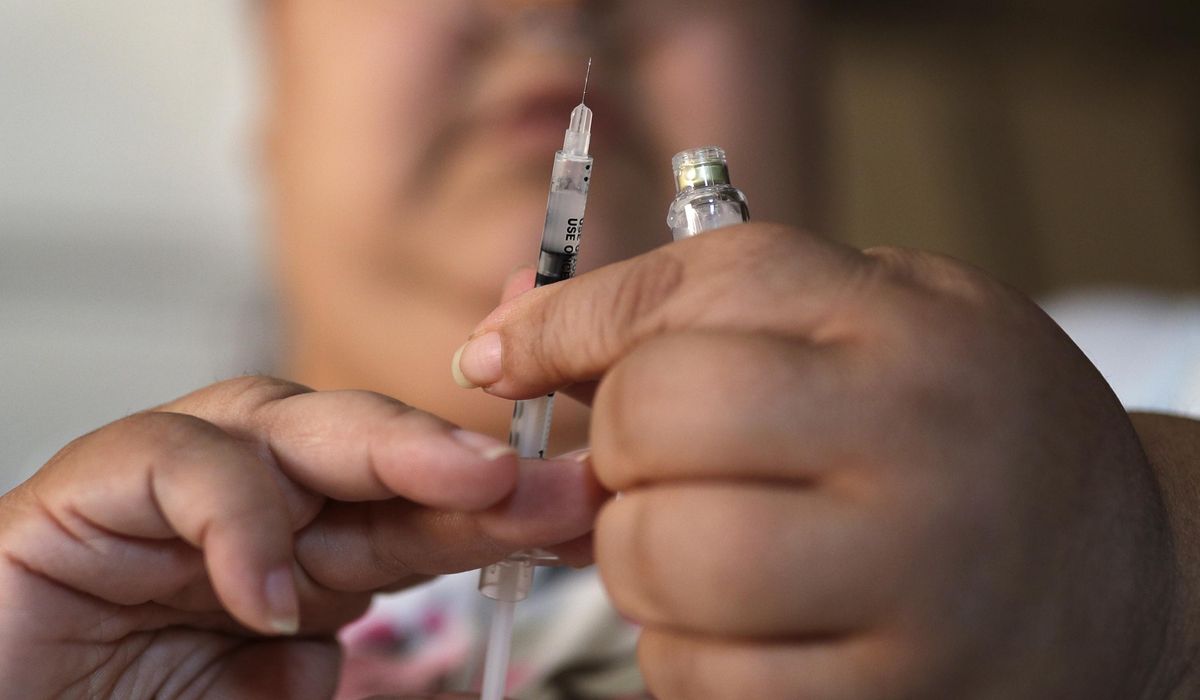


Children and adolescents became likelier to develop new-onset diabetes during the COVID-19 pandemic than before it, a new study finds.
Six researchers published the study Friday in JAMA Network Open, analyzing 42 smaller studies that included 102,984 diabetic youths up to age 19 on every populated continent from Jan. 1, 2020, to March 28, 2023.
According to the study’s meta-analysis, children and adolescents worldwide had a better chance of developing cases of type 1 diabetes and diabetic ketoacidosis at diabetes onset during months 13 to 24 of the pandemic compared with the 12 months before it.
The study found a 16% higher incidence rate of childhood type 1 diabetes during the first 12 months of the pandemic and a 28% higher incidence rate during the second 12 months compared with the year before it started. That is significantly higher than the pre-pandemic increases of 2% to 3% in the annual incidence rate of type 1 diabetes.
The study also found a 26% higher rate of diabetic ketoacidosis at type 1 diabetes diagnosis during the first 12 months of the pandemic compared with the previous year.
The study confirms more fragmentary reports that new diabetes cases surged during the pandemic faster than usual among children, even though “there is no clear mechanism by which COVID-19 could directly or indirectly lead” to new diabetic cases through infection or exposure, the researchers said.
“Increased resources and support may be needed for the growing number of children and adolescents with diabetes,” they wrote. “Future studies are needed to assess whether this trend persists and may help elucidate possible underlying mechanisms to explain temporal changes.”
According to some leading medical experts on COVID who were not involved in the study, doctors have been at a loss to explain why more children contracted diabetes during the pandemic.
“It’s still hard to know of the understanding of this correlation, whether there was a true causation, influence or simply a coincidence,” said Dr. Panagis Galiatsatos, a physician at the Johns Hopkins School of Medicine.
He added: “It is known that with post-viral infections, type 1 diabetes may occur, with ongoing work needed to see if this spike is due to the infection of SARS-CoV-2 itself.”
The study “underscores the need to unravel” the mysterious signal linking the development of type 1 diabetes to COVID in future studies, said Dr. Amesh Adalja, an infectious disease specialist and senior scholar at the Johns Hopkins Center for Health Security.
“This paper illustrates that a signal is indeed present but much more work is needed to elucidate the mechanism,” Dr. Adalja told The Washington Times. “Is COVID-19 a trigger for the autoimmunity highly prevalent in type 1 diabetes? Does it cause it or bring about its onset earlier? Does a child with COVID get more medical attention facilitating diagnosis?”
• Sean Salai can be reached at ssalai@washingtontimes.com.
